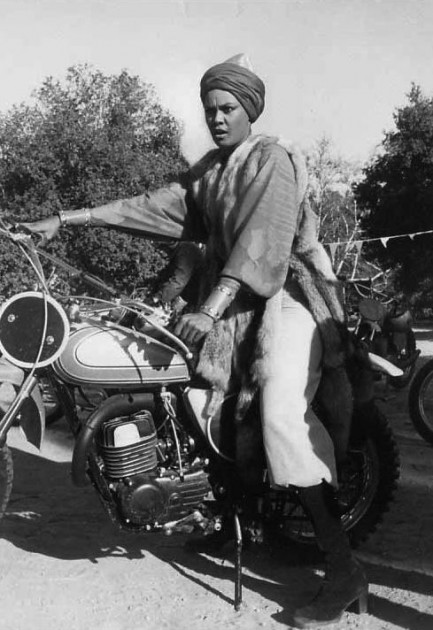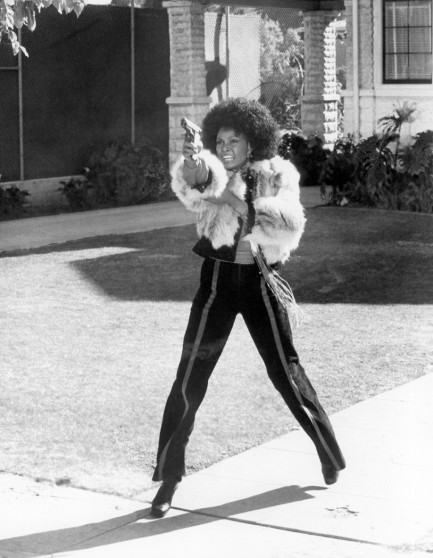 Good for one ride on Sharky's Machine. 
Above is something a little different for you, a ticket made for the Japanese premiere of the 1981 neo-noir thriller Sharky's Machine, which starred Burt Reynolds, Rachel Ward, and uber-cool Bernie Casey. It's a special advance ticket that cost ¥1,500 on the day of the premiere—which was today in 1982, several months after its December U.S. premiere—but ¥1,200 if bought in advance. Those were pretty high prices—about $11.00 and $9.00, if our handy historical yen converter is correct. The movie played as half of an unlikely double bill with the Dudley Moore comedy Arthur. Interestingly, most sources say Sharky's Machine premiered in Japan on April 17, but at this cinema, at least, it showed up a week later. It's a pretty cool little memento.
 When Jim Brown stands his ground an entire city is turned upside down. 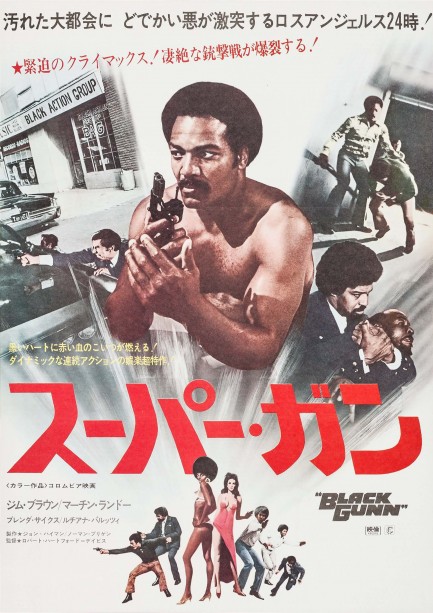
This Japanese poster was made to promote the U.S. blaxploitation flick Black Gunn, which in Japan was called スーパー・ガン, or “Super Gun.” The U.S. promo for the movie is nice too, but we prefer this version. Black Gunn starred Jim Brown as a Los Angeles nightclub owner whose little brother rips off the mob and stashes the cash in Brown's office safe. Little brother has also stolen and stashed ledgers containing information that could bring down the entire organized crime apparatus. Naturally, the mob comes looking and they aren't subtle about their methods. A few beatings and threats elicit some useful information, and pretty soon they're knocking on the door of Gunn's Club, as Brown's joint is called. Think his little brother is going to survive all this? If he did, you wouldn't get to see vengeful Jim beat, kick, and blast various members of mafia west.
Brown is usually a passable actor, no worse than average for action movies of the period, but here he seems to be sleepwalking, along with every other cast member apart from head villain Martin Landau. Brenda Sykes in particular seems to be adrift about a hundred nautical miles offshore. We chalk these performances up to a rushed production, but the good news is the action is explosive, so the film isn't a total waste of time. Plus it has Bernie Casey, and we'll watch him in anything. He had a palpable cool that should have been bottled and sold. Black Gunn premiered in the U.S. today in 1972. 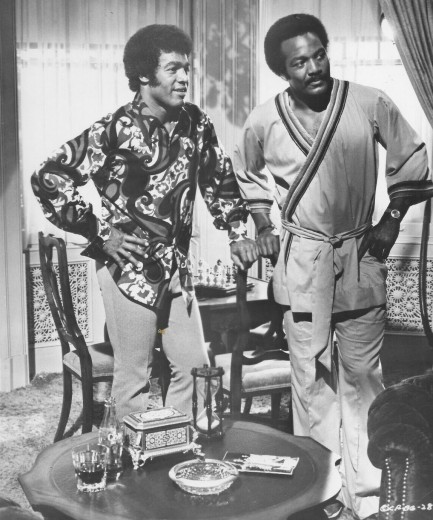 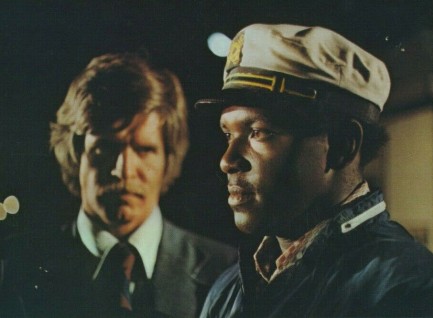 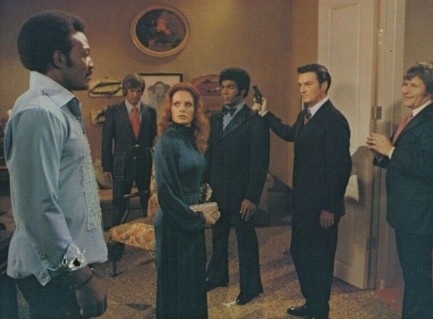 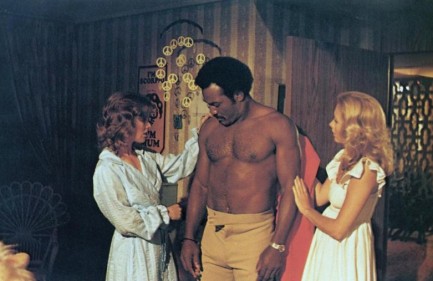 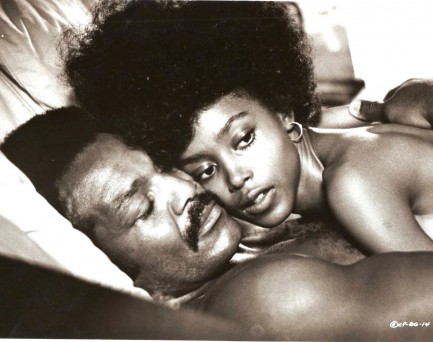 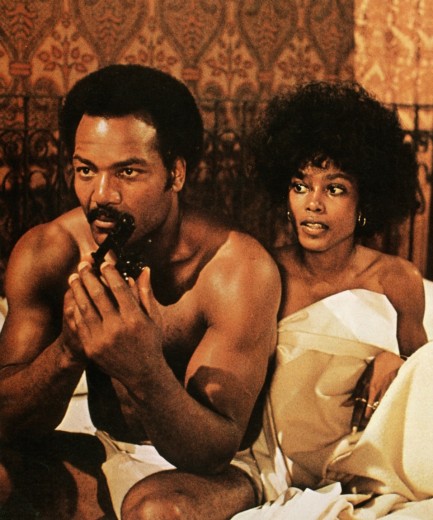 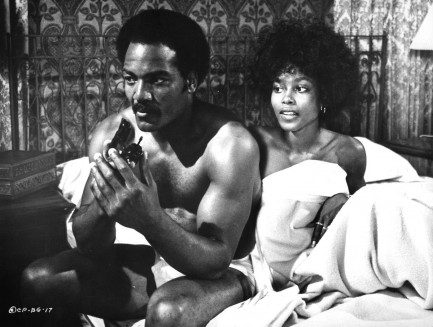 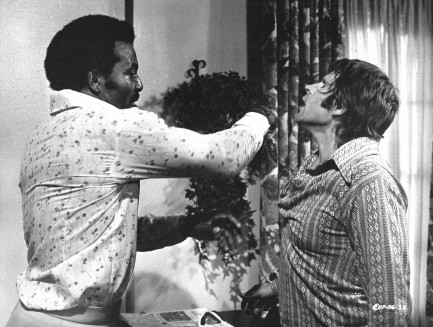 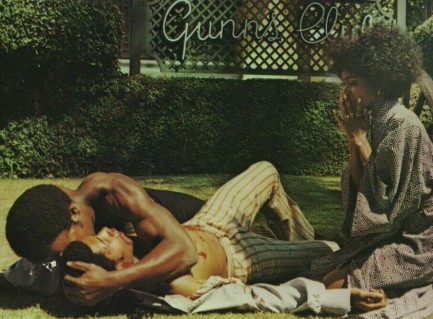 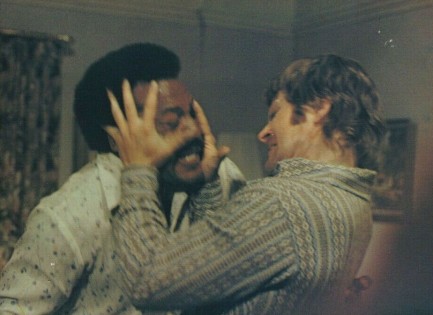 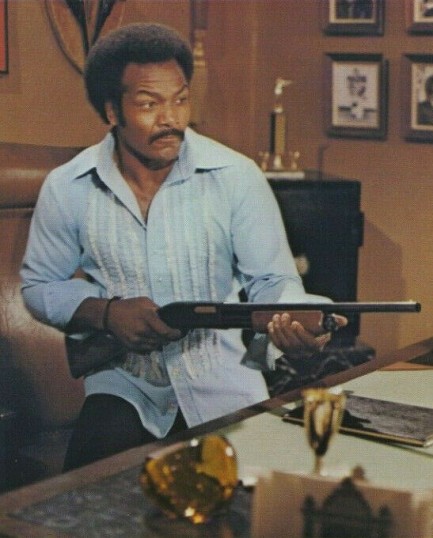 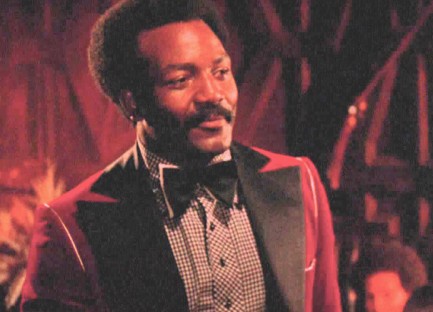
 Which is louder—his shotgun or his wardrobe? 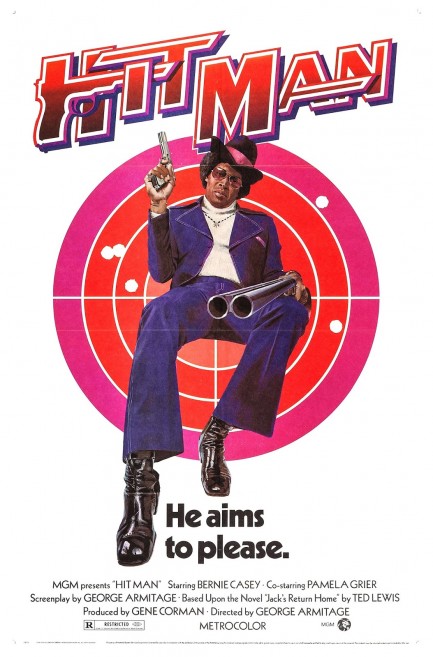 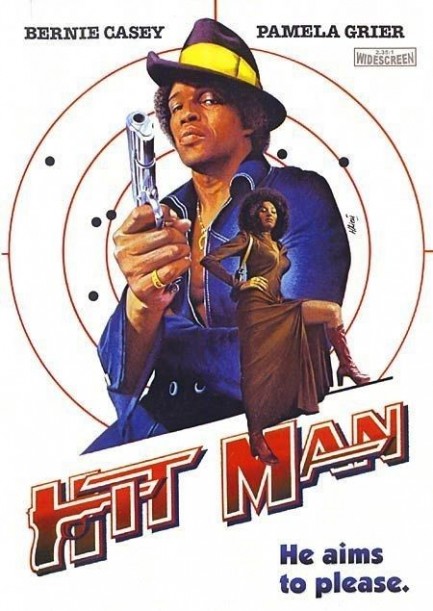
Above you see two posters for the blaxploitation flick Hit Man, which premiered in the U.S. today in 1972 and stars NFL player-turned-actor Bernie Casey as a man from Oakland who blows into L.A. to investigate his brother's murder. His brother ran a used car lot, but had gotten on the bad side of some local criminals. How he did that, who these bad people are, and what they're up to are the questions at the crux of the narrative, and when Casey finally learns the truth he's horrified and infuriated in equal measure, which turns him into a leisure-suited revenant with murder in his eyes and a gun in his hands.
What is neither horrifying nor infuriating is that Pam Grier is in this, which makes it a must watch in our book, and she holds nothing back, sporting a quantum leap forward in afro science, and proving once again that she was a fearless performer. Nevertheless, she and Casey can't make Hit Man good despite their best efforts. But on the other hand, it isn't awful either, and in the middle isn't a bad place to be in b-cinema, considering how deeply terrible the films can get.
Hit Man has a couple of miscellaneous notes of interest. A bit of filming takes place at Watts Towers, Simon Rodia's italo folk art monument that was designated a historic site in 1990. We've seen the place in person and we loved it because its mosaics reminded us of the type you see on modernist architecture in Barcelona. The production photo of Grier in a long black dress, below, was shot at the site. It's one of the most famous images of her, and one of the most badass too.
Hit Man also makes use of a location called Africa America, an open air animal preserve of the type made famous by Tiger King. We can't find any trace online that it ever existed, so there's no way to know for sure whether it was a real zoo, an MGM set, or something in between, such as a private ranch dressed up for filming. But it plays an important role in the plot, as do its hungry lions. If they'd eaten a few of the worst script pages, and a couple of bad supporting actors, and maybe Casey's purple leisure suit, Hit Man might be better than just okay. But lions are finicky like all cats, and most amateur film critics. 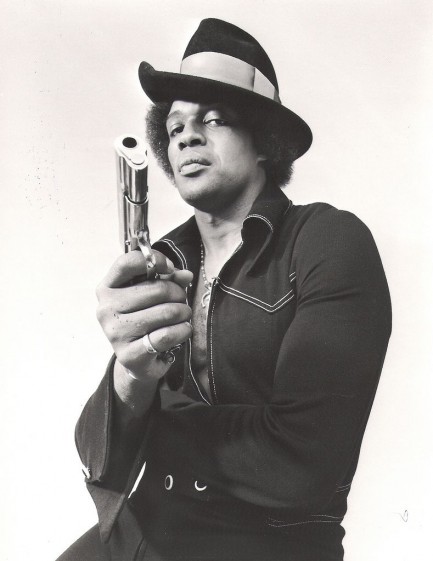  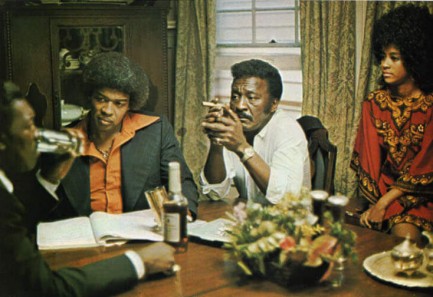 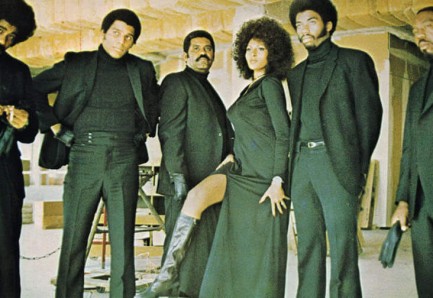 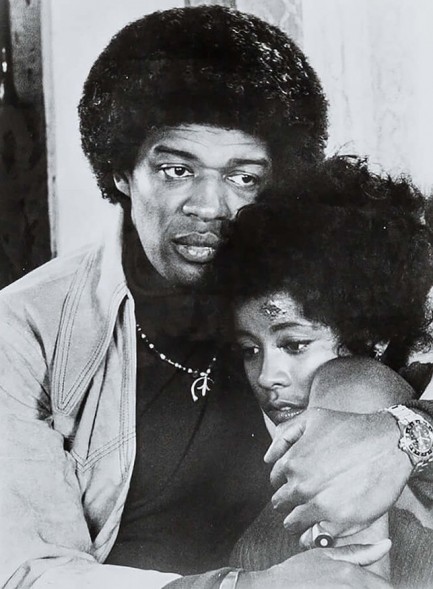 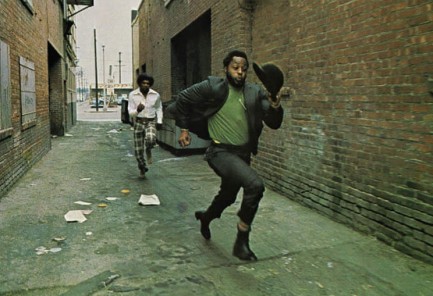 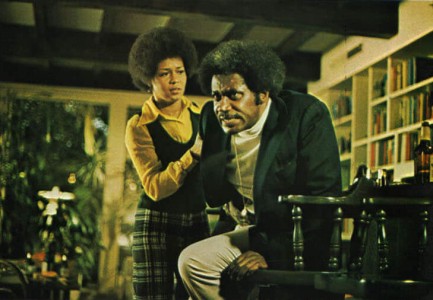 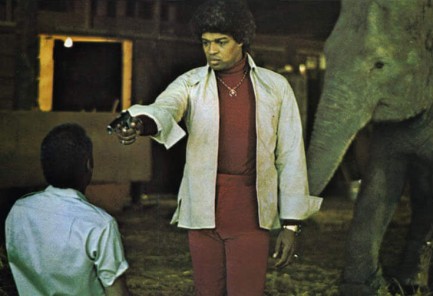  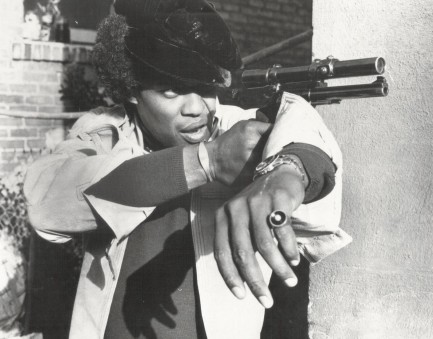 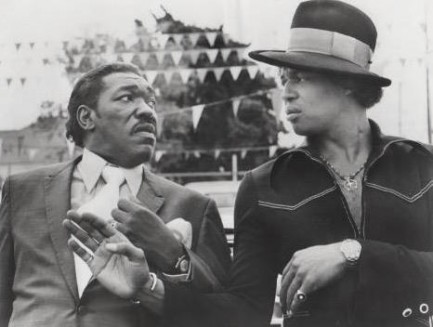 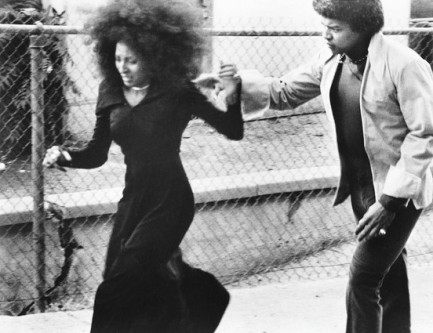 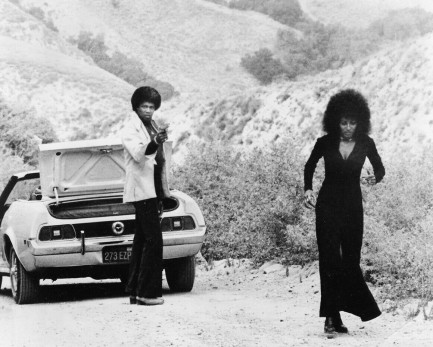 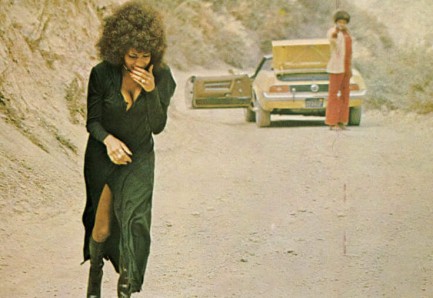 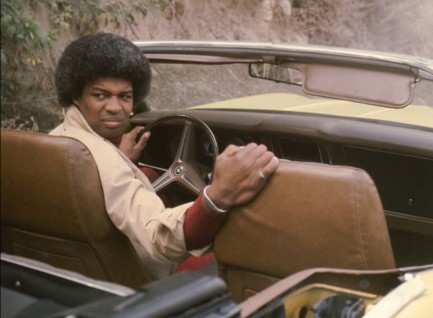 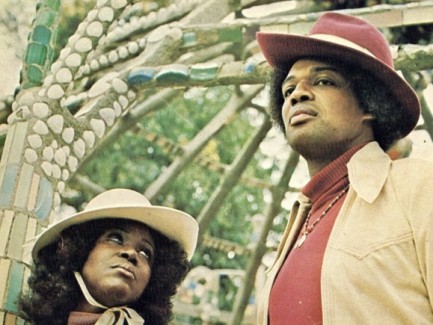 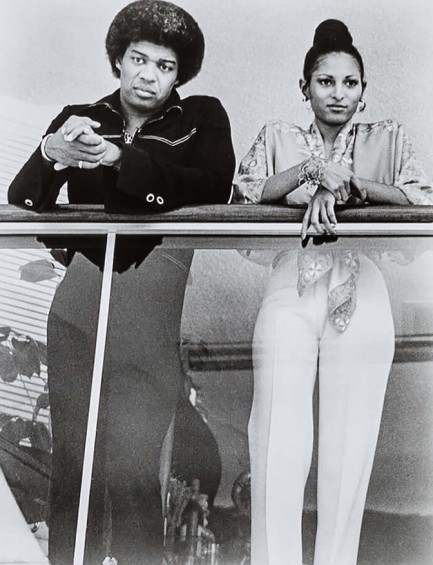 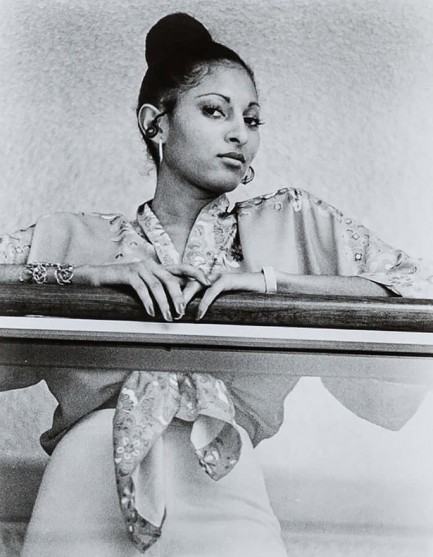 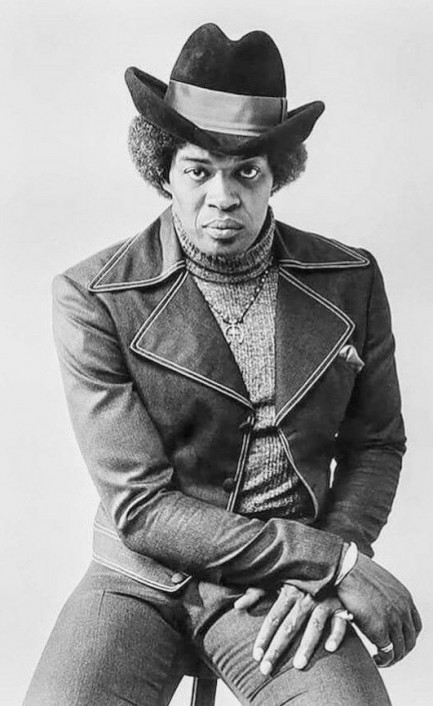 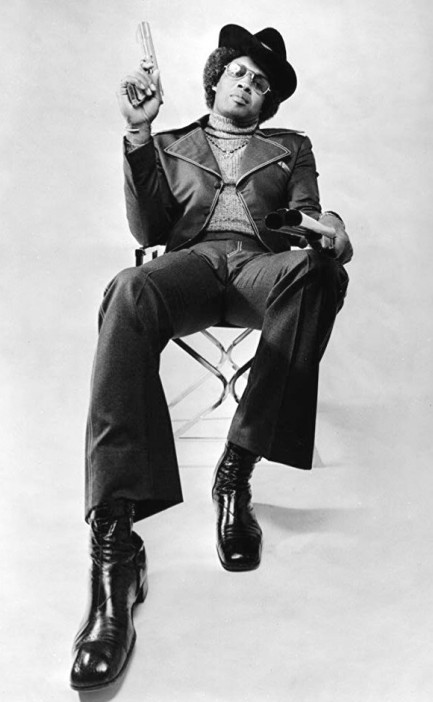
 2nd Amendment, motherfucker. If you say it's your right, then it's my right too. 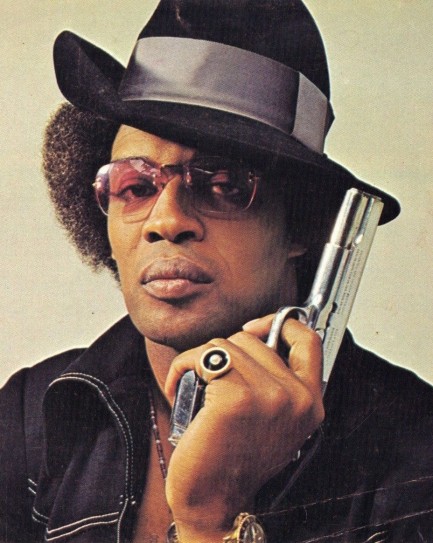
Bernie Casey exercises his right to bear a chrome plated Colt Super .38 automatic in this cool promo photo made for his 1972 blaxploitation flick Hit Man. We love Casey. He died just last year, and was pretty much unheralded, but he appeared in a lot of fun movies, including Sharky's Machine, The Man Who Fell To Earth, Cleopatra Jones, Boxcar Bertha, and Bill & Ted's Excellent Adventure. He also had the good fortune to get naked with both Pam Grier and Claudia Jennings. The Jennings scene is flat amazing, but the Grier scene, which is actually from Hit Man, is hilarious. As Grier climbs atop him and presses her naked body full length onto his the expression on his face reads something like: “Oh. My. Freaking. God.” That's probably the only time in his life he wasn't 100% cool.
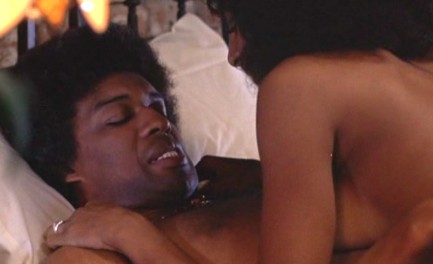
 Sharky's Machine hums along nicely, but only up to a point. 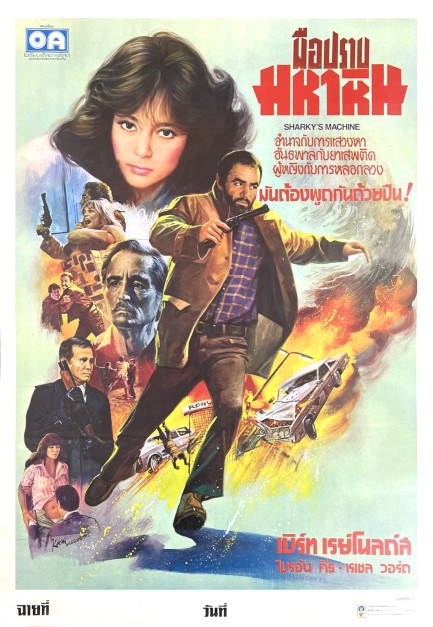
This poster was painted by the Thai illustrator Kwow for the 1981 thriller Sharky's Machine. Every blue moon or so Hollywood decides to update a ’40s film noir. Sometimes these are excellent movies—Body Heat as a rework of Double Indemnity comes to mind. Sharky's Machine is based on William Diehl's novel of the same name, which is a restyling of 1944's Laura. If you haven't seen Laura, a detective falls in love with a murdered woman, focusing these feelings upon her portrait, which is hanging over the mantle in her apartment. In Sharky's Machine the hero, Atlanta vice detective Burt Reynolds, falls in love with Rachel Ward via his surveillance of her during a prostitution investigation, and is left to deal with his lingering feelings when she's killed.
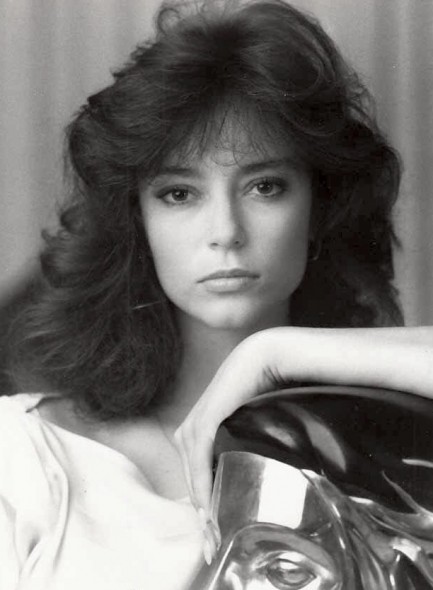 Ward observed years back that she had been too prudish in how she approached her roles, and we imagine this was one movie she had in mind. We agree with her. Reynolds' 24/7 surveillance of a high-priced hooker is not near frank enough. This is where vice, voyeurism, and sleaze as subtext should have come together overtly, as it does in Diehl's unflinchingly detailed novel, rather than as stylized montages, which is what Reynolds opts for. Ward observed years back that she had been too prudish in how she approached her roles, and we imagine this was one movie she had in mind. We agree with her. Reynolds' 24/7 surveillance of a high-priced hooker is not near frank enough. This is where vice, voyeurism, and sleaze as subtext should have come together overtly, as it does in Diehl's unflinchingly detailed novel, rather than as stylized montages, which is what Reynolds opts for. Sex and nudity aren't always gratuitous. The plot driver in old film noirs is often sex, but it couldn't be shown. Remaking a noir affords the opportunity to explore the sexual aspect further, as in Body Heat, where it's literally the lure of sex with no boundaries—exemplified by that famous (but implied) anal scene—that snares the hero in an insane murder plot. In Sharky's Machine it's sexual objectification that is the initial driver. Reynolds loves Ward's body first and her personality later, but the surveillance that is the key to this is barely explored.
It's a missed opportunity to not only make a better thriller, but to examine this lust-to-love transition as an aspect of all romantic relationships. Reynolds doubled as both star and director of the film, and while his relative newbie status in the latter realm may be a reason he didn't push the envelope, he still manages in his third outing helming a motion picture to put together a final product that is stylish, dark, and neon-streaked—everything a neo-noir should be. Upon release many critics had problems with tone—violence and humor seemed to clash. Reynolds' was a semi-comedic cinematic figure and his previous two directorial efforts had been comedies, which may have led to jokes leaking into unusual moments of the film. But these days the mix of violence and comedy is common, so we doubt you'll be terribly annoyed by these few incongruities.
The main flaw with the movie, besides its chasteness, is not its tone, but that it feels compressed in the latter third, especially as relates to the love subplot. True, the film is already a shade over two hours long, but it's time that flies by, populated as it is by so many interesting roles and great actors (Bernie Casey, Brian Keith, Vittorio Gassman, Charles Durning). Another seven minutes would not have hurt. Still, we recommend this one. It should have been as bold a noir rework as Body Heat, but there's plenty to entertain in other areas, and Hollywood may make this film perfect yet—a new version of Sharky's Machine is in development with Mark Wahlberg in the lead. Hah hah—who are we kidding? They'll screw it up completely. You already know that. 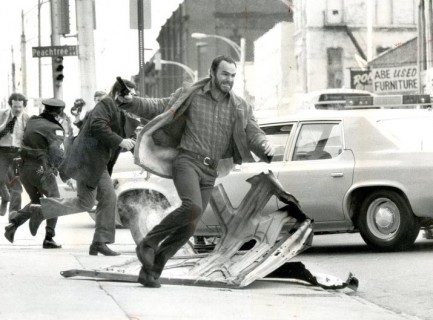 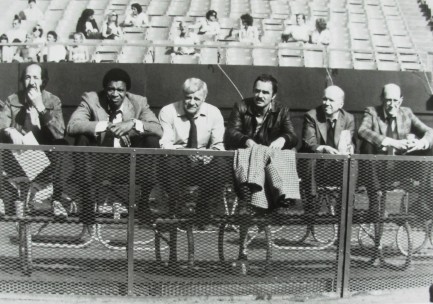 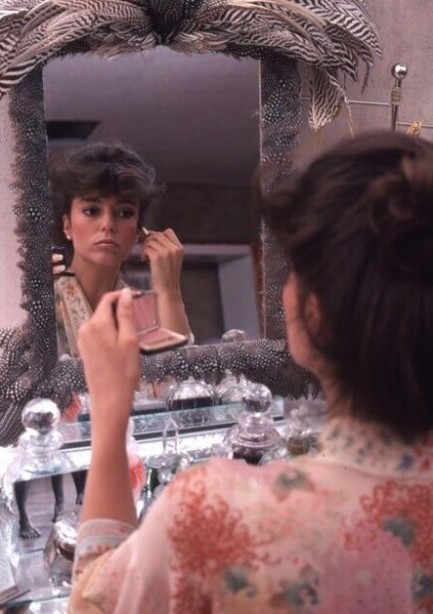 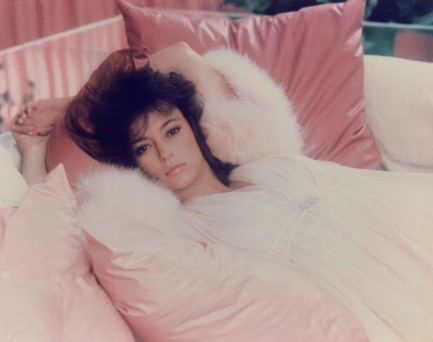 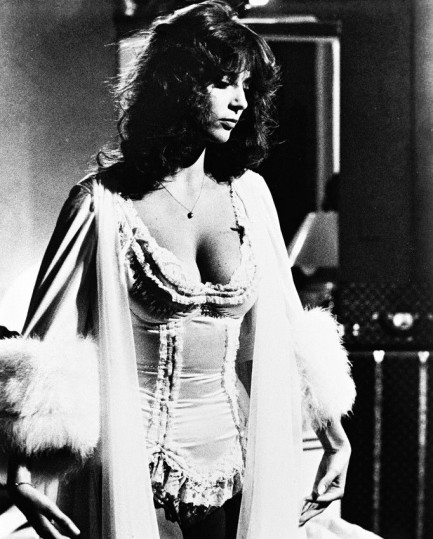 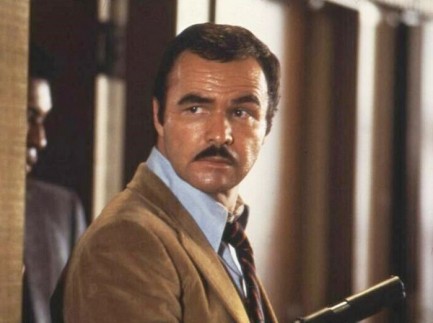  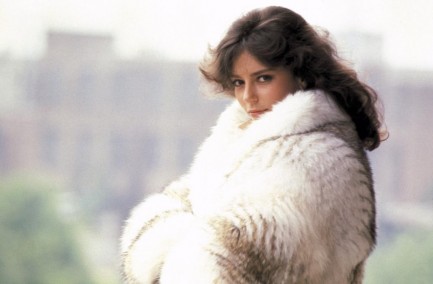 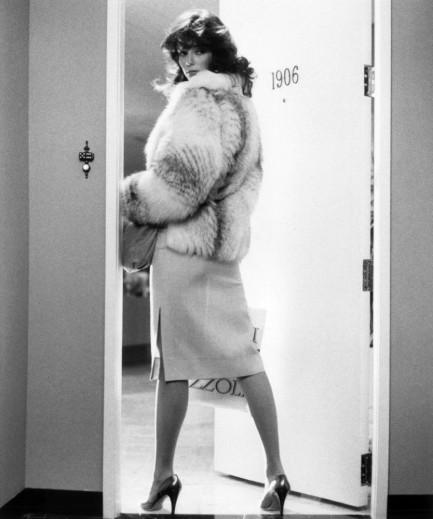 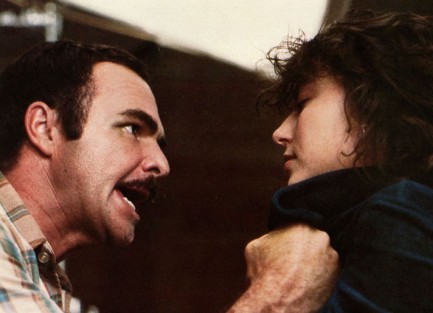 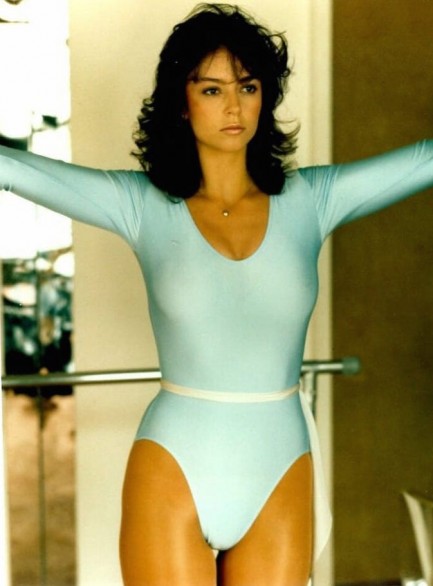  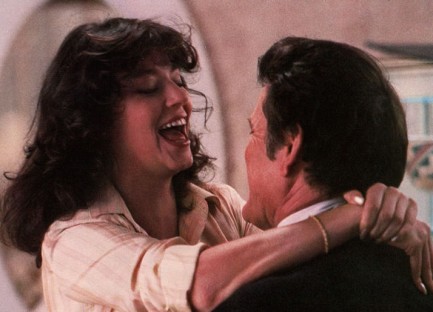 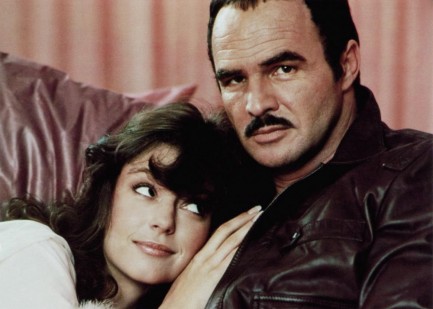
|
 |

The headlines that mattered yesteryear.
2003—Hope Dies
Film legend Bob Hope dies of pneumonia two months after celebrating his 100th birthday. 1945—Churchill Given the Sack
In spite of admiring Winston Churchill as a great wartime leader, Britons elect
Clement Attlee the nation's new prime minister in a sweeping victory for the Labour Party over the Conservatives. 1952—Evita Peron Dies
Eva Duarte de Peron, aka Evita, wife of the president of the Argentine Republic, dies from cancer at age 33. Evita had brought the working classes into a position of political power never witnessed before, but was hated by the nation's powerful military class. She is lain to rest in Milan, Italy in a secret grave under a nun's name, but is eventually returned to Argentina for reburial beside her husband in 1974. 1943—Mussolini Calls It Quits
Italian dictator Benito Mussolini steps down as head of the armed forces and the government. It soon becomes clear that Il Duce did not relinquish power voluntarily, but was forced to resign after former Fascist colleagues turned against him. He is later installed by Germany as leader of the Italian Social Republic in the north of the country, but is killed by partisans in 1945.
|

|
|

It's easy. We have an uploader that makes it a snap. Use it to submit your art, text, header, and subhead. Your post can be funny, serious, or anything in between, as long as it's vintage pulp. You'll get a byline and experience the fleeting pride of free authorship. We'll edit your post for typos, but the rest is up to you. Click here to give us your best shot.

|
|












































 Ward observed years back that she had been too prudish in how she approached her roles, and we imagine this was one movie she had in mind. We agree with her. Reynolds' 24/7 surveillance of a high-priced hooker is not near frank enough. This is where vice, voyeurism, and sleaze as subtext should have come together overtly, as it does in Diehl's unflinchingly detailed novel, rather than as stylized montages, which is what Reynolds opts for.
Ward observed years back that she had been too prudish in how she approached her roles, and we imagine this was one movie she had in mind. We agree with her. Reynolds' 24/7 surveillance of a high-priced hooker is not near frank enough. This is where vice, voyeurism, and sleaze as subtext should have come together overtly, as it does in Diehl's unflinchingly detailed novel, rather than as stylized montages, which is what Reynolds opts for.















